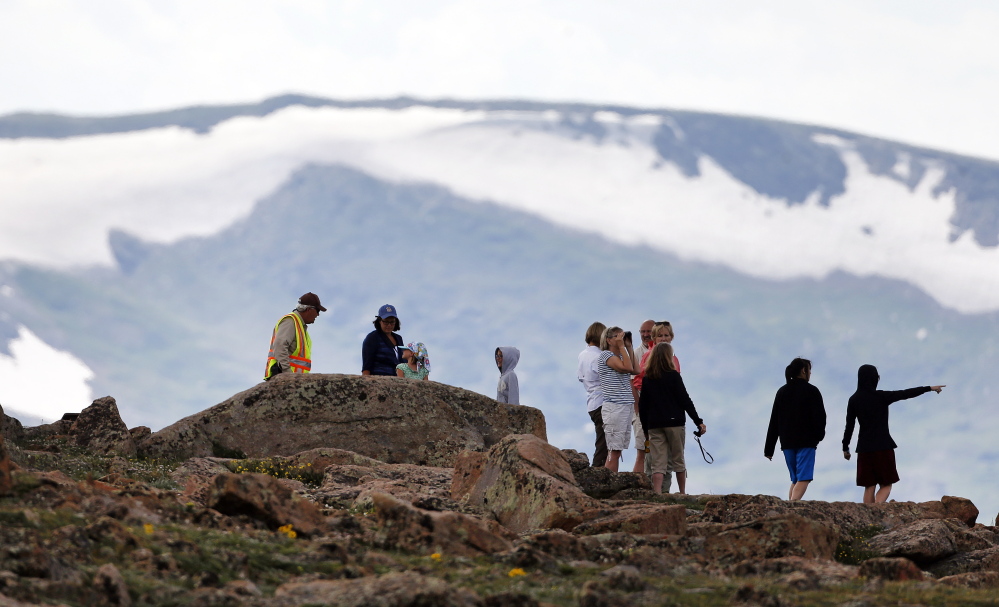CHEYENNE, Wyo. —Scientists are putting tracking devices on a new species – people – as they try to learn more about how their movements affect ecosystems in national parks.
Park visitors carrying global positioning devices have provided Rocky Mountain National Park in Colorado data to improve shuttle service to a popular, and often congested, lake. Another recent study at Yosemite National Park in California tracked where people stroll through two popular meadows and pause now and then to admire the view.
Now, people-tracking by researchers with Penn State and Utah State is helping Grand Teton National Park make decisions about a popular southern approach to the park, including whether they should add parking areas, restrooms and a multipurpose trail along the way.
“It’s going to help us better understand the expectations, the motivations and then the ultimate experiences that people have,” park spokeswoman Jackie Skaggs said.
Participation in the tracking studies is voluntary, the researchers say, and most folks are glad to help. Between 80 and 90 percent of those asked to carry a GPS receiver in Grand Teton in 2013 and 2014 agreed to participate.
“People love their parks. They love to answer questions and know that their voice is being heard in some way,” said Peter Newman, a professor in Penn State’s College of Health and Human Development who specializes in recreation, park and tourism management.
Copy the Story LinkSend questions/comments to the editors.



Success. Please wait for the page to reload. If the page does not reload within 5 seconds, please refresh the page.
Enter your email and password to access comments.
Hi, to comment on stories you must . This profile is in addition to your subscription and website login.
Already have a commenting profile? .
Invalid username/password.
Please check your email to confirm and complete your registration.
Only subscribers are eligible to post comments. Please subscribe or login first for digital access. Here’s why.
Use the form below to reset your password. When you've submitted your account email, we will send an email with a reset code.